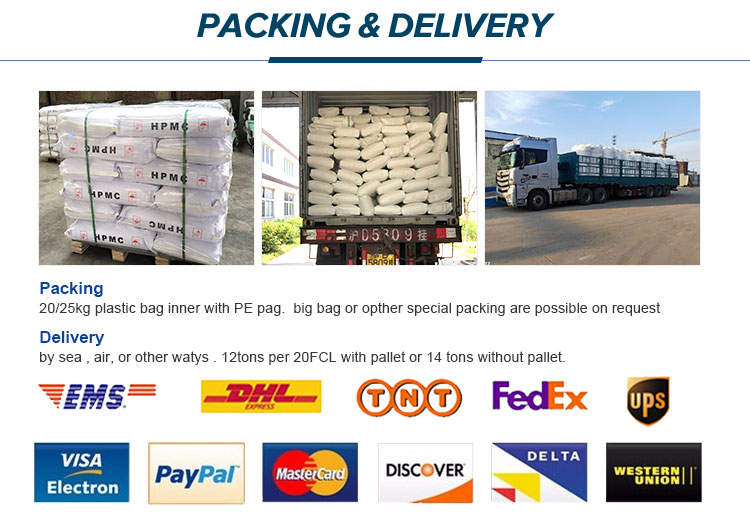Understanding HPMC 200000 CPS A Versatile Polymer in Pharmaceutical Applications
Hydroxypropyl Methylcellulose (HPMC) is a cellulose derivative that has gained prominence in various fields, particularly in the pharmaceutical and food industries. Specifically, HPMC 200000 CPS (centipoise) refers to a specific viscosity grade of this versatile polymer, which plays a critical role in addressing various formulation challenges.
What is HPMC?
HPMC is a semi-synthetic polymer that is derived from cellulose, a natural polymer obtained from plant fibers. The modification process involves the substitution of hydroxyl groups on the cellulose chain with hydroxypropyl and methyl groups, enhancing its solubility and functionality. This transformation allows HPMC to dissolve easily in both cold and hot water, making it a valuable ingredient in various applications.
Viscosity and Its Importance
The viscosity of a polymer is a key factor that influences its behavior in formulations. HPMC 200000 CPS indicates a specific viscosity level, which is crucial for applications that require controlled rheological properties. In pharmaceutical formulations, viscosity can affect drug release rates, stability, and the overall aesthetic appeal of the product. HPMC at this viscosity level is particularly favored in controlled-release systems, where a consistent and slow release of the active ingredient is desired.
Applications in Pharmaceuticals
1. Binders in Tablet Formulations HPMC is widely used as a binding agent in tablet formulations. Its ability to form gels when mixed with water helps in the proper compression of powders, leading to the formation of cohesive tablets. This characteristic ensures that active pharmaceutical ingredients (APIs) are effectively delivered in a stable and reliable manner.
hpmc 200000 cps

2. Thickening Agents HPMC serves as a thickening agent in various liquid formulations, including suspensions and syrups. The viscosity provided by HPMC 200000 CPS ensures that the active ingredients are evenly dispersed, preventing sedimentation and improving the stability of the formulation.
3. Film Coatings In the production of film-coated tablets, HPMC is often selected due to its excellent film-forming properties. The resulting coatings not only provide a barrier to moisture and oxygen but can also influence the release profiles of the active ingredients, making it suitable for enteric or controlled-release formulations.
4. Gel Formulations HPMC 200000 CPS can be utilized to create gel formulations, which are increasingly popular in topical applications. The ability to form a gel network allows for enhanced stability, prolonged release characteristics, and improved skin feel, making it an ideal choice for lotions, creams, and other dermatological products.
Benefits of HPMC 200000 CPS
The advantages of using HPMC 200000 CPS in pharmaceutical applications go beyond just its functional properties. It is generally recognized as safe (GRAS) by regulatory bodies, making it suitable for use in various formulations without concerns over toxicity. Additionally, it is often compatible with a wide range of excipients and APIs, allowing formulators to create diverse products tailored to specific patient needs.
Conclusion
HPMC 200000 CPS represents a significant advancement in the realm of pharmaceutical excipients. Its versatile properties make it an essential ingredient in various formulations, from solid dosage forms to topical applications. As the pharmaceutical industry continues to evolve, the demand for effective, reliable, and safe excipients like HPMC will undoubtedly grow. Understanding and leveraging the characteristics of HPMC will empower formulators to create innovative solutions that meet patient needs while ensuring optimal therapeutic outcomes.
-
Premium Detergent Grade HPMC Hydroxypropyl Methylcellulose: Superior Thickening & StabilityNewsAug.31,2025
-
HEC 100000 Hydroxyethylcellulose for Paint | Superior ThickeningNewsAug.30,2025
-
Wall Putty Rdp Powder Packaging DesignNewsAug.29,2025
-
Introduction to Hpmc Hydroxypropyl Methyl CellulosNewsAug.29,2025
-
Hpmc Industri Grade IntegrationNewsAug.29,2025
-
How to Choose the Right Construction AdhesiveNewsAug.29,2025




